Chevy Cruze roster: a different Cruze for everyone
- Written by David Miller
- Published in CAR REVIEWS
- font size decrease font size increase font size
- Be the first to comment!
The Chevrolet Cruze made headlines when it was re-designed and offered to North America in mid-2010 as a 2011 model. General Motors hyped the new compact and the media responded in Canada by naming it AJAC’s 2011 Canadian Car of the Year.
It’s been close to three years since that announcement and Chevrolet has started to add to its Cruze roster. Not only is the Chevy Cruze available in LS, LT and LTZ trim – you can also get one in Eco trim and in the all-new Clean Turbo Diesel. Not to be forgotten, you can add an RS package to any LT and LTZ model.
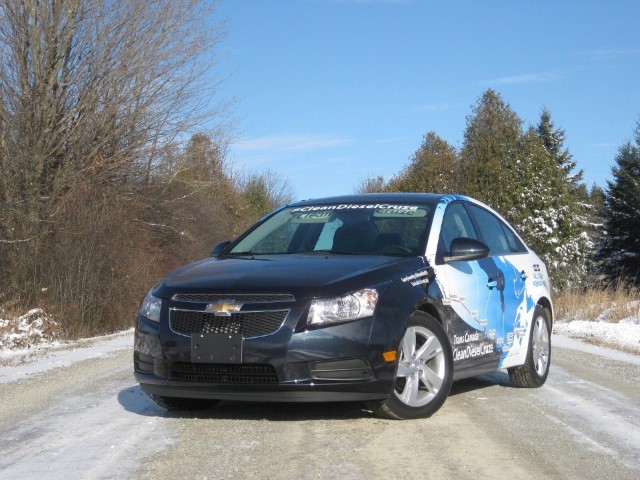
I’ve been hearing about the Cruze for a long time, but I was amazed that I’ve never actually driven one. When I got the invite to head down to General Motors headquarters in Oshawa, Ontario to drive the entire Cruze lineup – I was delighted to see what all this talk was about.
It was a chance for Chevrolet to show us that the Cruze stays true to Chevy’s slogan that they “have a Cruze for every compact car buyer.”
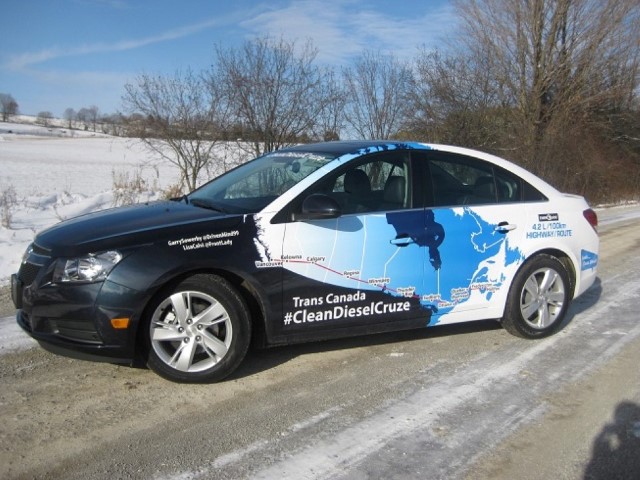
Let’s start out with the engine choices, there’s a 1.8-litre four-cylinder, a 1.4-litre turbocharged four-cylinder and a 2.0-litre clean turbo diesel four-cylinder. The base 1.8-litre engine gets respectable fuel economy numbers with 5.6L/100 km on the highway and 9.2L/100 km in the city in the automatic. Fuel efficiency improves in the Eco trim that has the 1.4-litre turbo engine achieving 5.0L/100 km on the highway and 7.8L/100 km in the city in the automatic. The numbers dip to 4.6L and 7.2L with the six-speed manual, but in reality most sales will come from the automatic gearbox.
My main focus was on the Cruze Diesel, as I wanted to see if it was a true challenger for the Jetta TDI, but I still wanted to try out the rest of the roster. Chevrolet boasted about their industry best 4.2L/100 kms on the highway and proved a similar number in their cross-country drive where the Cruze Diesel achieved 4.3L at an average speed of 80km/h.
Chevy didn’t take on the “we are better” approach, but focused more towards being able to offer alternative forms of fuel to their customers and educating them on it. This approach makes sense as Chevy wants to showcase what they’re capable of achieving; while Volkswagen is applauding and encouraging this competition. Both of these companies need each other to spread the word about diesel, so the cheerleading is fun to see.
In terms of the Cruze Diesel car itself, I instantly felt that it had more of a styling appeal both in the interior and exterior than the Jetta TDI. The sculpting of the body created more of an emotional appeal, while the interior was modernized, upscale and more eye-catching. There were plenty of controls to fiddle around with on the Chevrolet’s MyLink Infotainment system, but at times it was difficult to figure out where to find what you wanted.
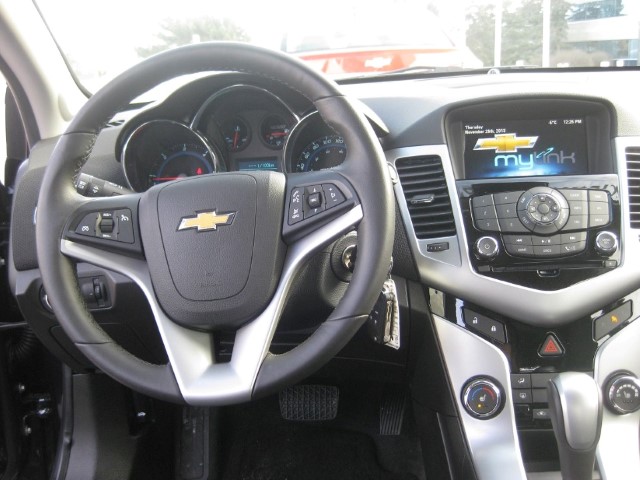
It’s a bonus that the Diesel receives 17-inch aluminum wheels to separate itself from the other Cruzes. It also takes on a few aerodynamic improvements found in the Eco trim mainly in its air shutters that improves the vehicle’s drag coefficient.
When it comes to performance, the Cruze Diesel’s horsepower is at 151 (140 hp in the Jetta TDI) and torque is at 264 lb.-ft. of torque (236 lb.-ft. of torque in the Jetta TDI). There’s not much separating the two in the performance department and let’s be honest – you’re not buying a diesel for its speed. However, I did notice a lag in initial acceleration that annoyed me. It’s the type of lag that you might find in a CVT transmission or hybrid.
Where the Cruze seems to thrive is in the handling department. In all four of the models, I found the handling to be firm and direct. I’m very much against a loose steer and you won’t get that in any of these models. I felt comfortable driving the Cruze and making sharp turns, and for me, that’s a big plus with any vehicle.
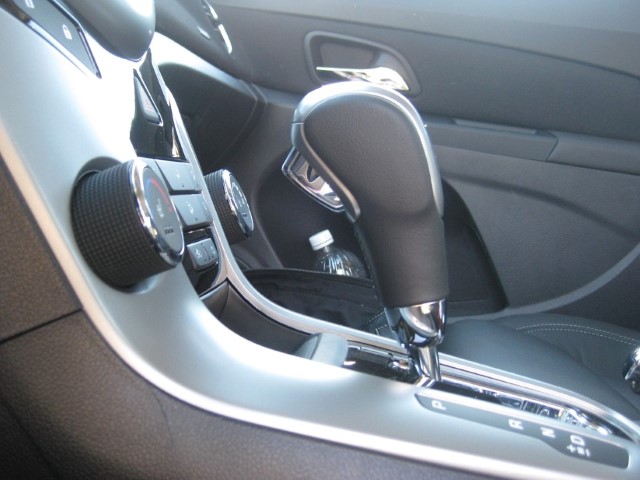
As I mentioned previously, there’s a Cruze for every compact buyer and the 2.0-litre Clean Turbo Diesel was mine. Many others preferred the Eco trim that was represented by the manual mode option, but it really didn’t do much for me. I found a lack of power in second and third gear – where most of the fun is had. Once you zap the fun from a manual gearbox, it’s hard to see the point. It can’t be all about fuel economy? The Eco trim starts at $21,095 and the diesel option can be had for just for a little more at $24,945. (Get Better Price.)
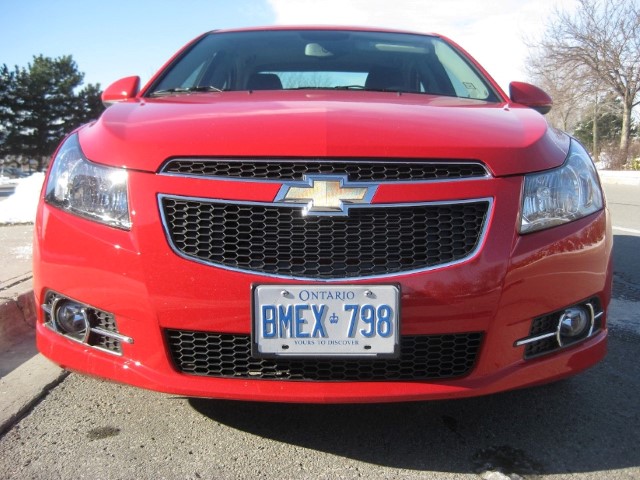
The RS package (an additional charge of $1,575 on the 2LT starting at $19,495) (Get Better Price.) had a little more pep in its step through its Z-link upgraded rear suspension. The thing you’ll notice the most here is its unique design in its front and rear fascia. Chrome-trimmed fog lamps, 18-inch split five-spoke aluminum wheels and RS badging provide an added boost of sportiness. It was fun to drive, but there’s still a bit of a letdown when it comes to how fast it can go. I understand making the Cruze unique and cooler for some makes sense and for those people the RS package works brilliantly.
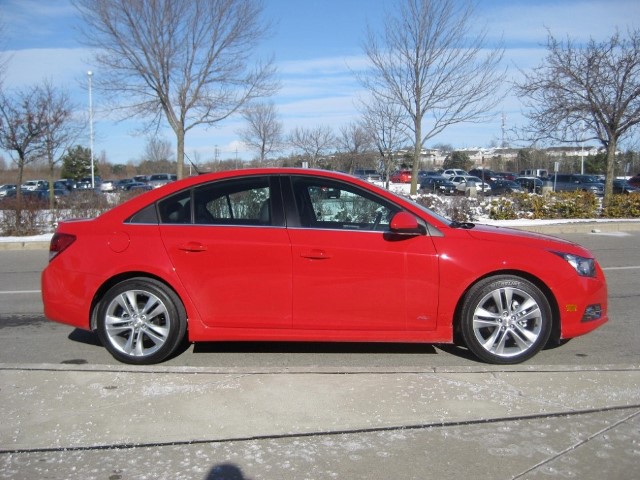
After testing out the various Cruze options, it all comes down to personal preference. While asking my colleagues which one they preferred – most had a different response. I still go back to the Cruze Clean Turbo Diesel as my choice. It might not be making the most sales of the bunch, but it will have the most impact and will take a bigger piece of the Cruze roster pie. Chevrolet is already planning to put a diesel engine in their new Colorado truck coming out next year, so that just might be the start of a shift towards more diesel cars for the GM brand. At $24,945, (Get Better Price.) the Cruze Diesel has the most expensive starting price, but it will be a wise fuel savings investment that you will get back over time.
Get a free report from Unhaggle to see the dealer cost, rebates, incentives, and lowest monthly payment.

